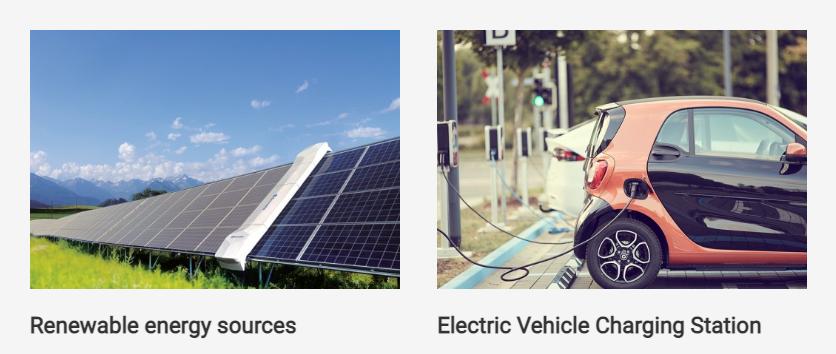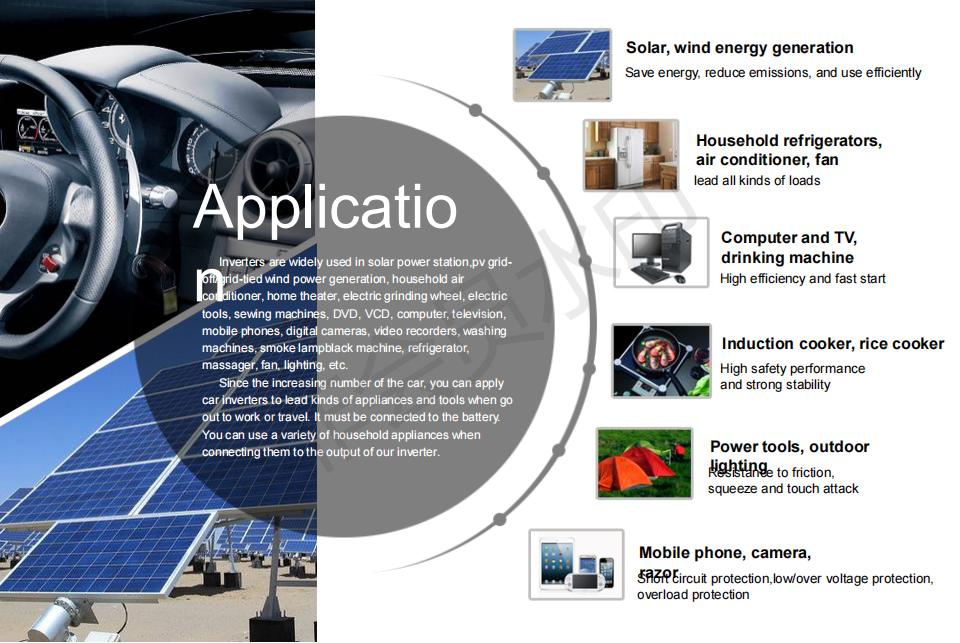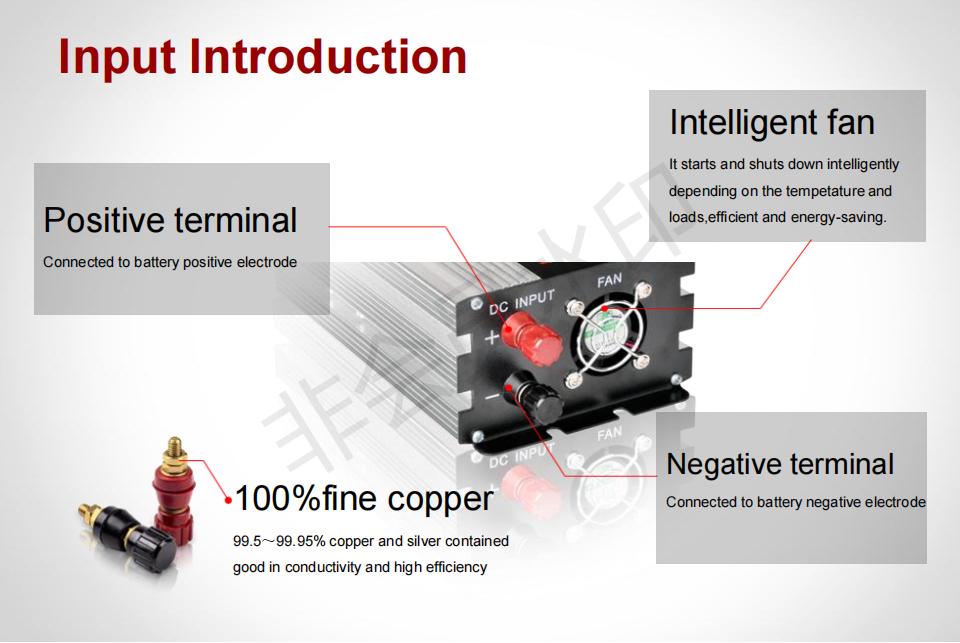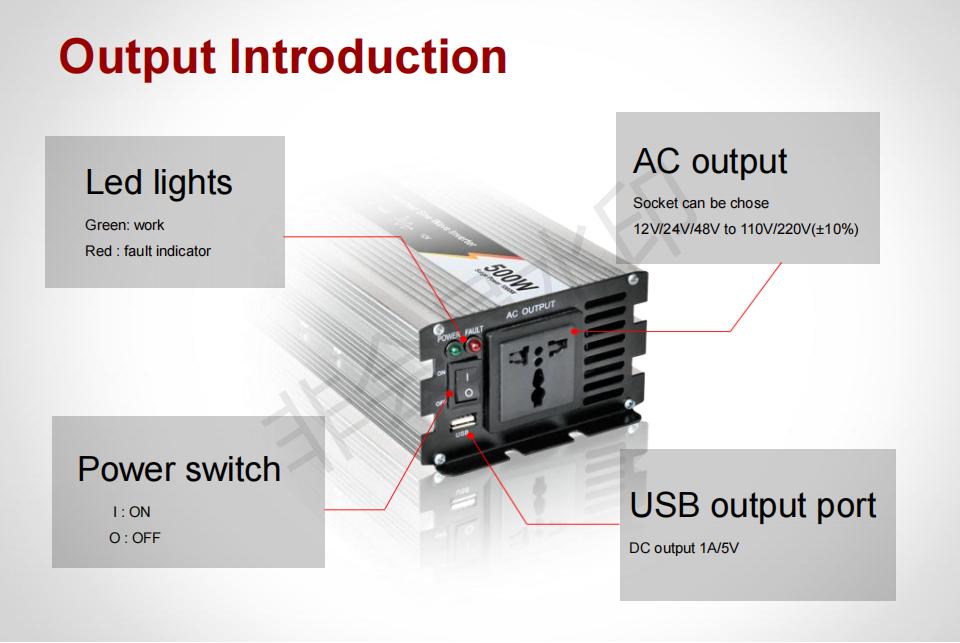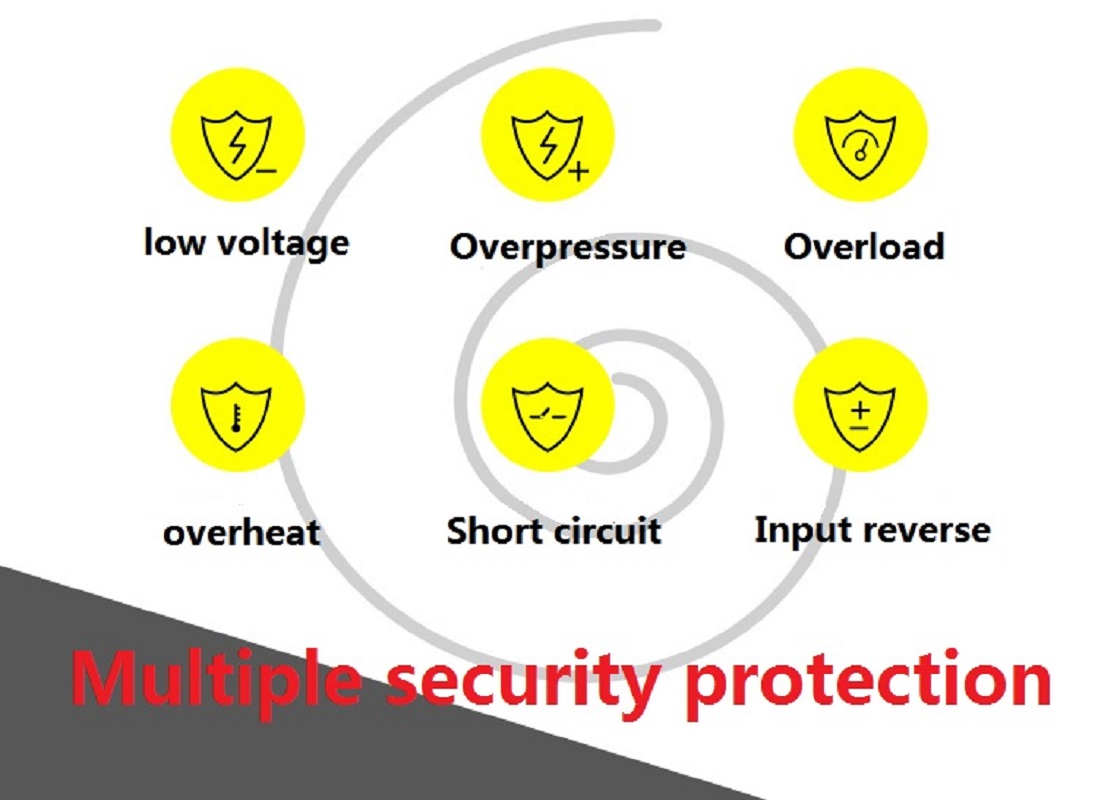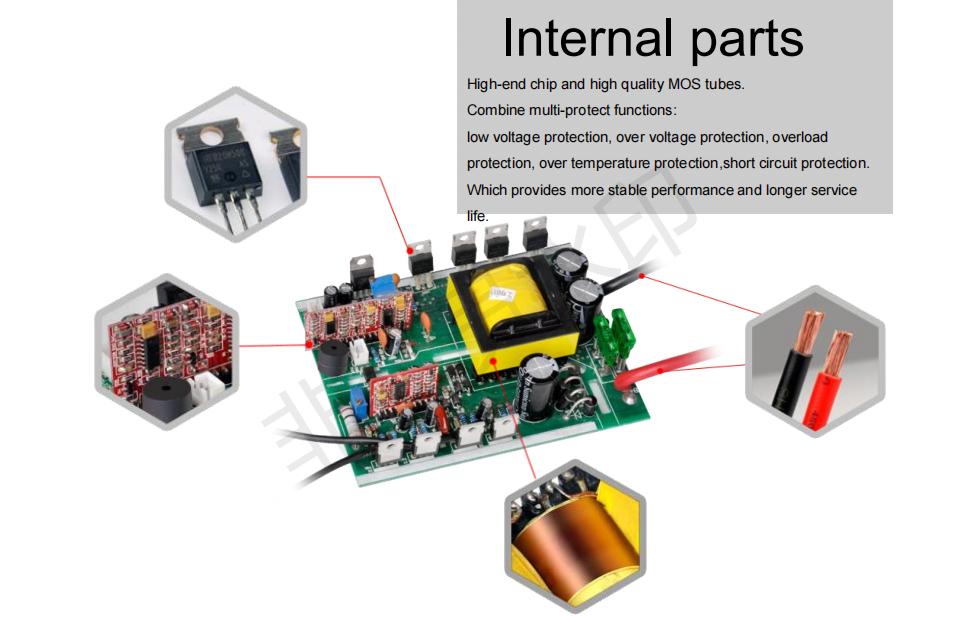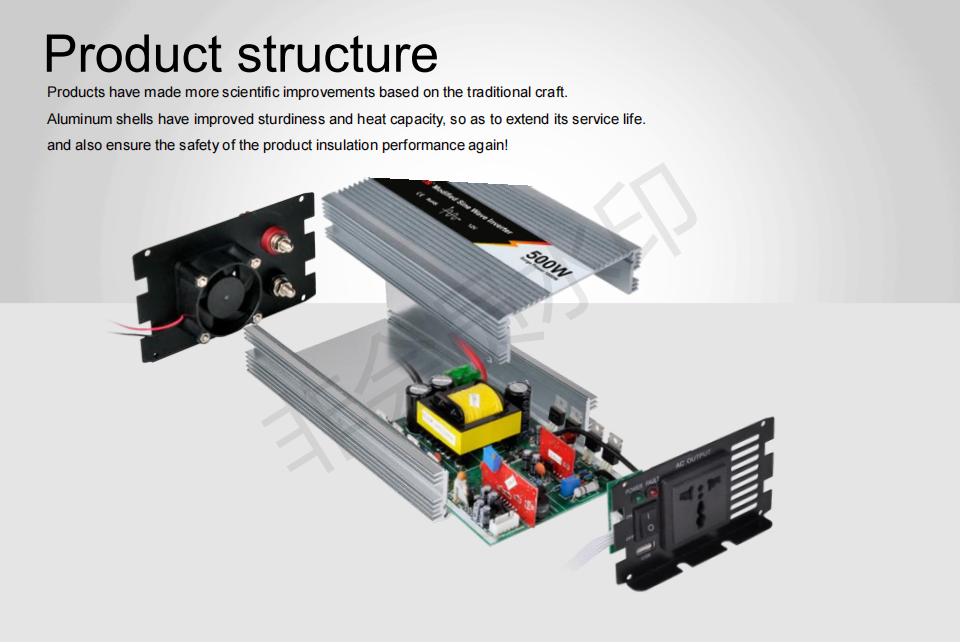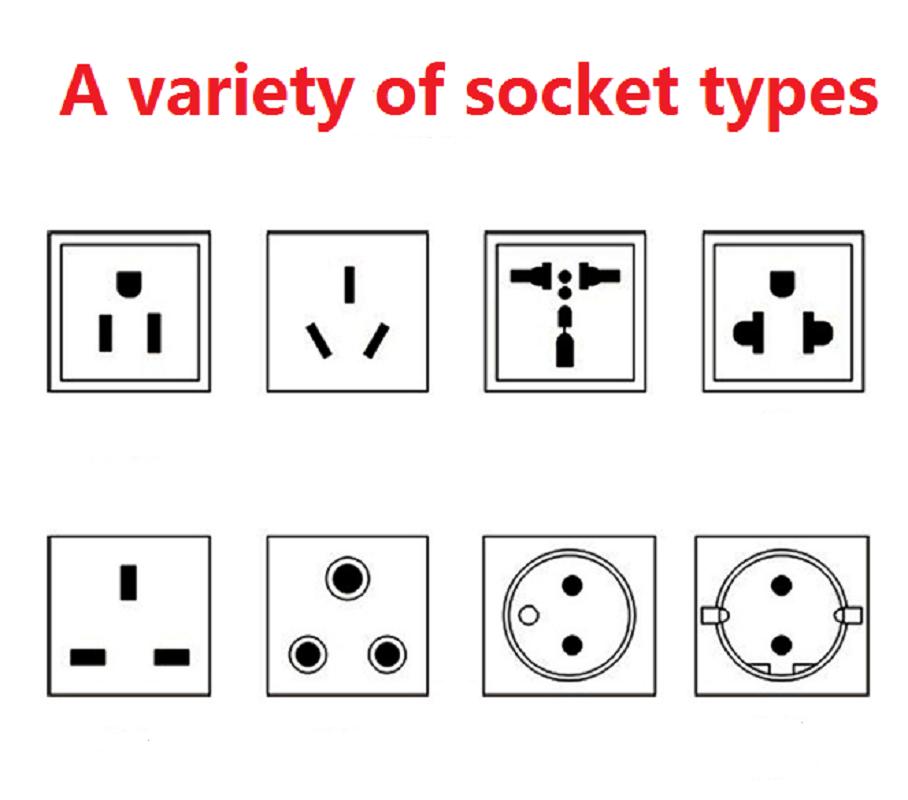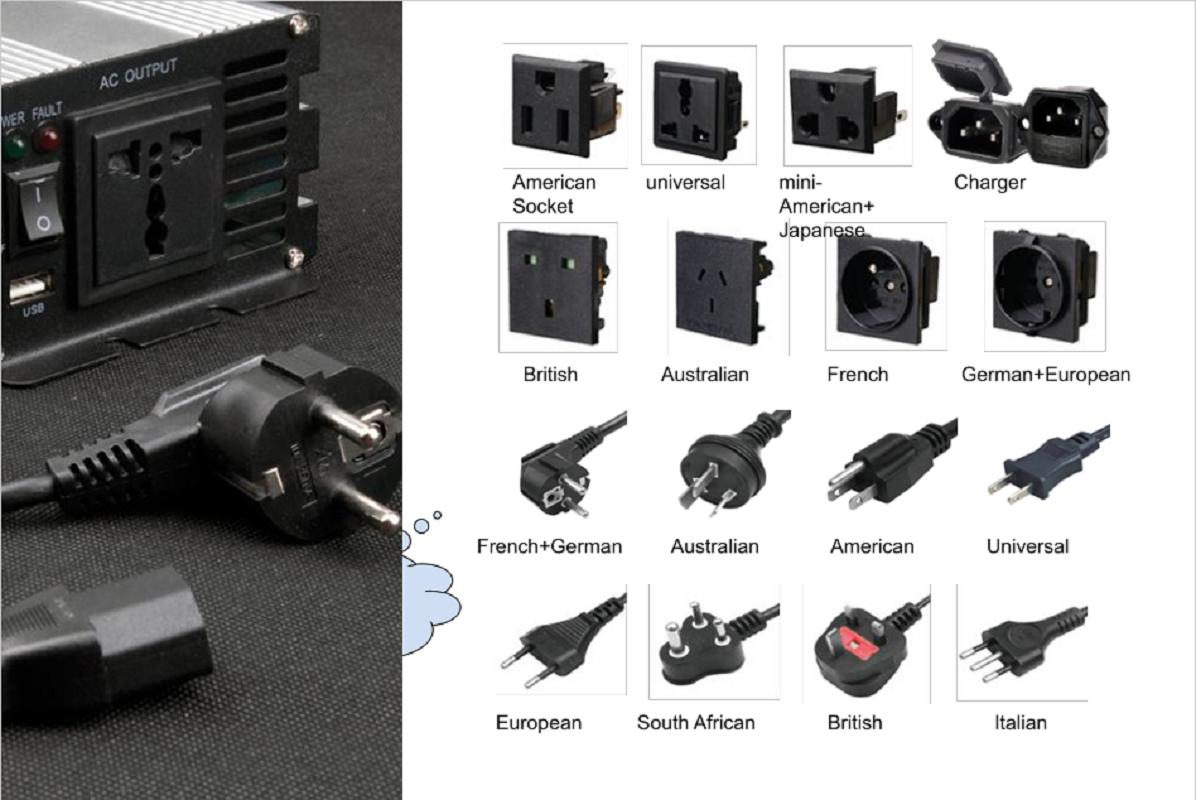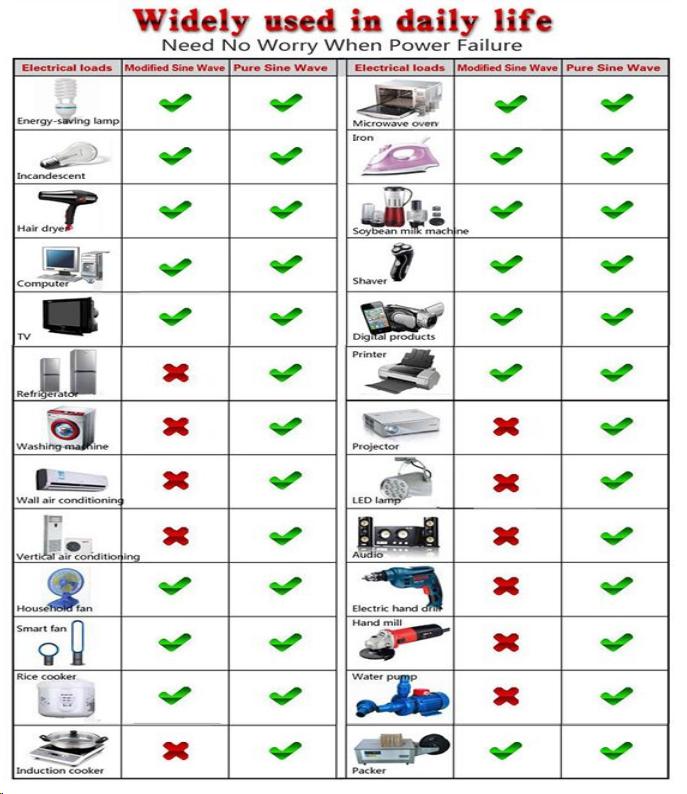The process of charging a laptop, video game console, or even a small refrigerator is a lot more involved than simply plugging the item into a lighter and hoping it will work. Since batteries provide a different current than these items use, you’ll need a special tool to make the switch. This tool is the power inverter.
An inverter is a device that converts DC voltage into AC voltage. Power inverters are used in a variety of situations, such as when your car battery needs to be charged or when you want to use an AC appliance in a DC environment.
Inverters come in many shapes and sizes, and the amount of power they can provide varies by model. When choosing an inverter, it is important to choose an inverter that can provide the power you need.
This guide will explain how inverters work, why they are needed, and how to connect them safely to keep your electronic devices or tools powered and working.
What is a power inverter?
Power inverters are used to provide AC power from a DC source such as a battery or solar panel. There are two main types: pure sine waves and modified sine waves. Pure sine wave inverters are more efficient and provide clean, stable AC power. Modified sine wave inverters are less expensive, but the power produced may not be as clean or stable.
Power inverters are used in a variety of applications including home and office backup power, renewable energy systems, and electric vehicle charging station.
How does an inverter work?
Inverters are an important component in many renewable energy systems, such as solar and wind energy systems, in which direct current is generated by solar or wind energy. Inverters are also used in some battery backup systems, and they convert stored DC power from the battery to AC power, which can be used to run appliances and electronics during a power outage.
How does an inverter work? Essentially, it reverses the flow of electricity. In a DC circuit, current flows in one direction, from the negative terminal of the power supply to the positive terminal. In an AC circuit, the current alternates directions, first flowing from the positive pole to the negative pole, and then from the negative pole to the positive pole.
Why do I need a power inverter?
If you live in an area with frequent power outages, or if you frequently travel to places where the power supply is unreliable, then you know how important it is to have a reliable power inverter. A power inverter is a device that converts DC power from a battery or solar panel into AC power that can be used to run electrical equipment.
What kind of power inverter do I use?
There are a few things you need to consider when choosing a power inverter for your home or business. The most important things to consider are the type of power you need ( AC or DC), the wattage you need, and the features you want.
If you’re not sure what kind of power inverter you need, the best thing to do is to consult with an electrician or someone who is familiar with electrical systems. They will be able to help you determine the best type of power inverter for your needs
How to safely use a power inverter?
Power inverters allow you to convert DC power to AC power, which can then be used to run appliances. But there are a few safety tips you need to keep in mind before using an inverter.
First, make sure the inverter is properly grounded. This will help prevent electric shock. Second, be sure to keep the inverter away from flammable items. Third, always use a surge protector on your power inverter to protect your equipment from power surges.
How to choose a power inverter?
When choosing a power inverter for your needs, there are a few things to consider.
The first is the wattage output. This is the maximum power the inverter can provide. Choose an inverter that can provide at least twice the power of the equipment you want to power.
The second thing to consider is the type of outlet. Most power inverters have multiple outlets, but make sure they are the correct type for your needs. If you’re only powering small devices like laptops and cell phones, you can use a less powerful inverter. However, if you’re powering tools or other larger equipment, you’ll need a more powerful inverter with a heavy-duty outlet.
Finally, consider the size and weight of the inverter. You want an inverter that is easy to transport and doesn’t take up too much space. On the other hand, if you need higher wattage output and don’t need to move it around as much, a larger and slightly heavier inverter may be a better choice.
Conclusion
As technology continues to advance, power inverters have become more efficient, compact, and affordable, making them an increasingly accessible option for a wide range of applications. Whether you’re charging your laptop, running your power tools, or enjoying the comforts of home away from the grid, inverters are your invaluable companions that will serve the world wherever you are powered by.
